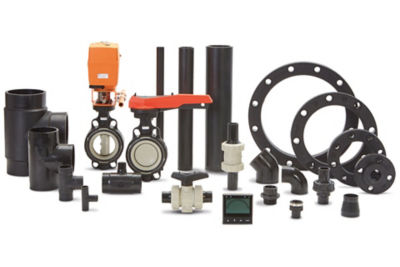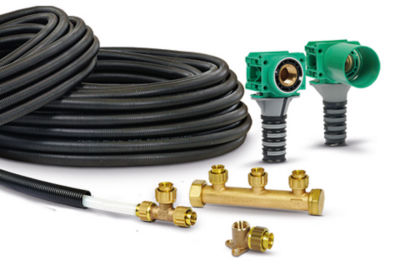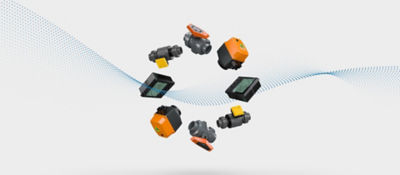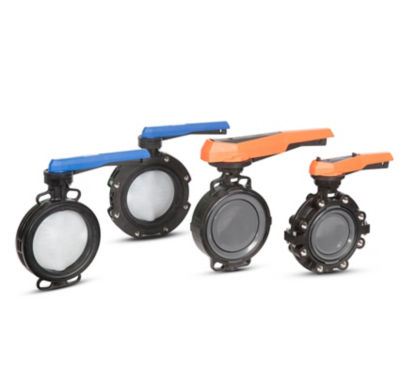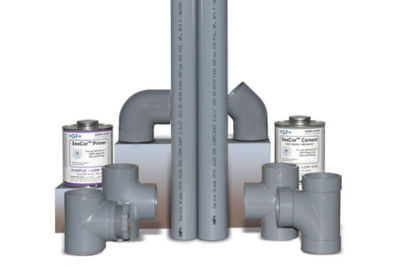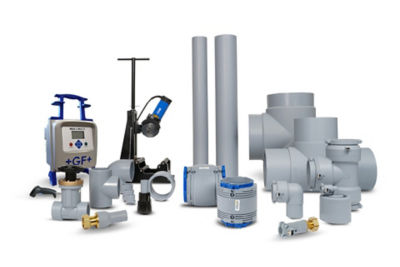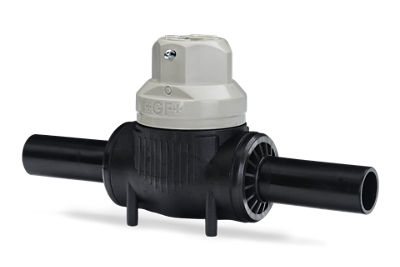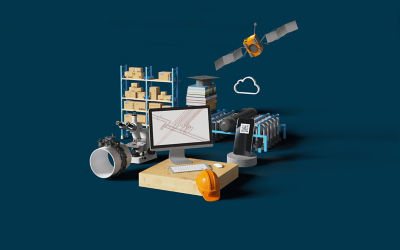Harnessing the power of wind
As global demand for renewable energy rises, offshore wind is becoming a cornerstone of the energy transition. Advanced floating structures are unlocking wind potential in deep waters far from shore, while traditional fixed installations continue to expand worldwide, pushing towards greater depths. The industry's drive for innovation is focused on lowering LCOE and building a sustainable, long-term energy network, with global capacity expected to hit 53 GW by 2030. In this dynamic landscape, reliable, efficient systems are critical. Trusted in 33 countries with 40 production sites, our low-maintenance, corrosion-free piping solutions ensure safe fluid transport, boosting offshore energy reliability and reducing environmental impact, even in the harshest marine environments.




